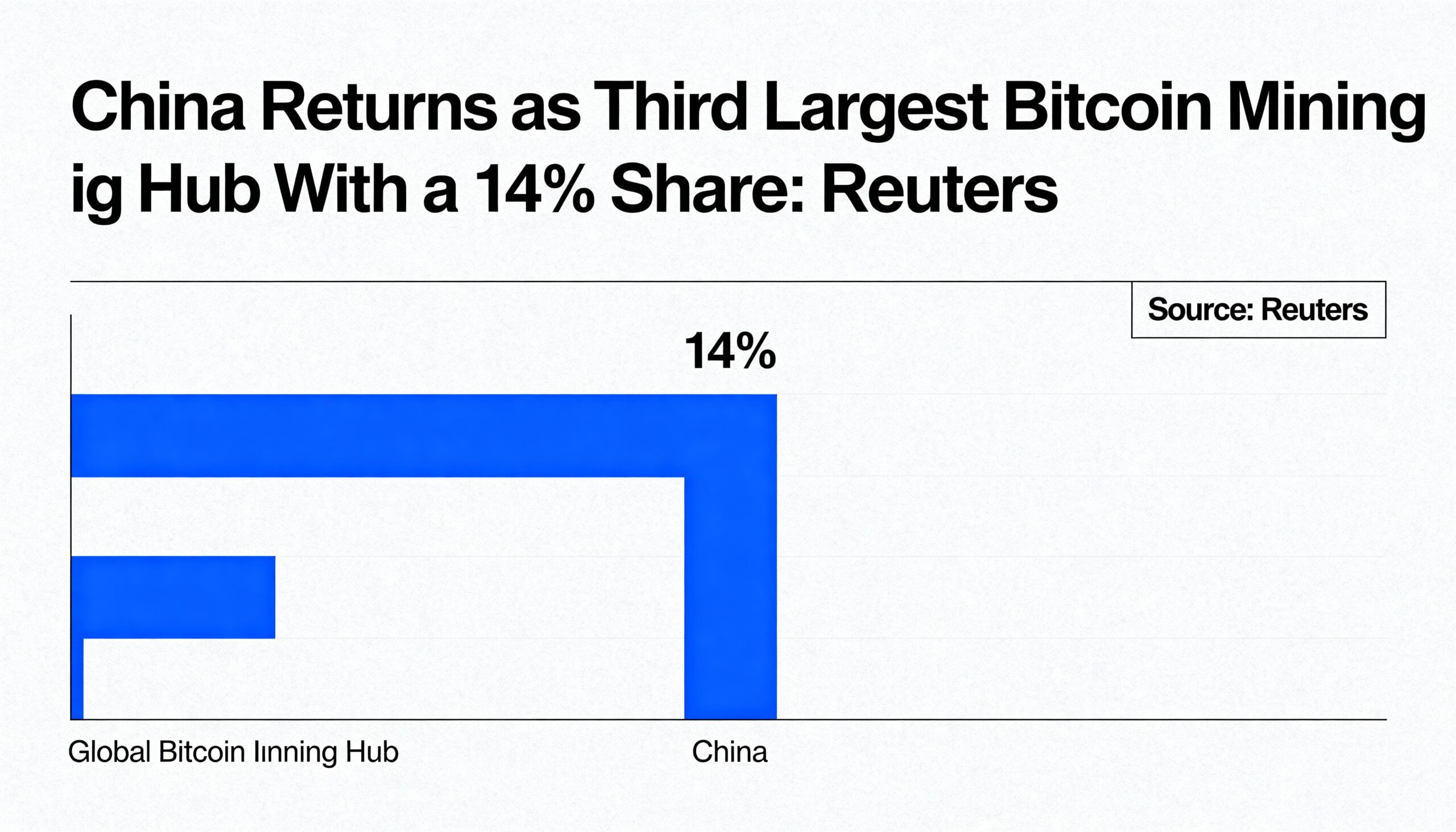Bitcoin’s recent surge of $20,000 over the past week highlights a shift in market dynamics, with smaller investors continuing to buy as large holders, or whales, are selling into strength. Data from the Bitcoin blockchain reveals these contrasting behaviors and provides insights into who’s leading this rally.
Bitcoin (BTC), the world’s largest cryptocurrency, briefly neared $90,000 early Tuesday before consolidating around $87,400. This impressive run marks a 27% increase over the past week, based on CoinDesk data.
Much of the recent buying momentum has been attributed to activity on Coinbase, the Nasdaq-listed exchange often used as a proxy for U.S. institutional demand. Yet, a deeper dive into the data shows that it’s retail investors, particularly those with small holdings or “shrimps,” who are aggressively adding to their Bitcoin portfolios amid the price surge.
Retail’s Rising Influence: “Shrimps” on the Move
According to data from Glassnode, Bitcoin investors are categorized by their holdings, ranging from “shrimps” (less than 1 BTC) up to “humpback whales” (holding over 10,000 BTC). Accumulation is represented by a metric closer to one, while values nearer zero indicate distribution.
Over the past two months, every cohort except humpback whales has been in accumulation mode. This buying spree has paralleled Bitcoin’s climb from $55,000 in September to just below $90,000 in November.
These findings challenge the traditional view that whales are the “smart money.” Instead, while large holders have been selling, smaller retail investors have stepped in, seizing the opportunity to accumulate Bitcoin. CoinDesk research highlights how retail investors have evolved into increasingly savvy market players.
Demand Outpacing Supply and Issuance
Aggregated data from all Bitcoin holders, including miners, exchanges, and retail investors, reveals that over the past month, 26,000 BTC have been accumulated. This steady buying trend has continued since September, with demand consistently outpacing supply and issuance for three months now.
Diverging Strategies of Long-Term and Short-Term Holders
Glassnode defines long-term holders (LTHs) as investors who have held Bitcoin for over 155 days. Historically, LTHs tend to sell when prices are high, such as during all-time highs in 2017 and 2021, while accumulating during market lows.
This time, however, LTHs are holding firm, suggesting they expect prices to climb further. Currently, long-term holders control about 78% of the Bitcoin supply, or roughly 15 million coins. In the past month, they’ve reduced their holdings by only 3%, a minor shift compared to the 20% reduction seen in previous bull markets.
On the other hand, short-term holders (STHs), those who’ve held Bitcoin for less than 155 days, tend to buy during market highs, like Monday’s 10% price spike. Despite a small increase, STH holdings remain near historical lows. In past bull cycles, STHs have controlled up to 35% or even 50% of the total Bitcoin supply.
This rephrased version keeps the same essential details but offers a different perspective and structure.





